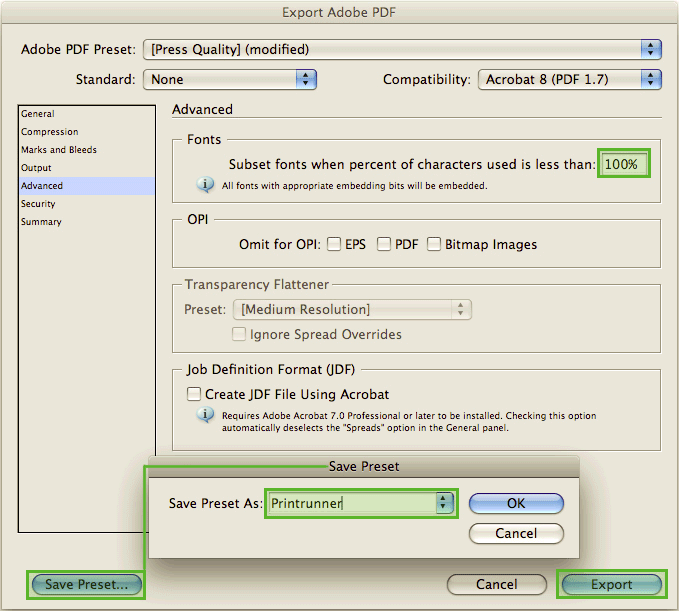

You can wrap text around the frame of an object or around the object itself. When you have nested objects and want to adjust the frame without ungrouping. When you have the smaller rectangle selected, notice what happens if you switch back to the Selection tool: The handles appear,īut only for the upper rectangle, not for the entire group, as they appeared when you did step 2, above. Now the upper rectangle behind the text block has a dark grayįill but the lower one remains filled with light gray. Scroll down the Swatches palette and select the Black 80% tint. Select Window > Swatches to open the Swatches palette. Make sure that the Fill box is still selected in the toolbox.Notice that the Fill box in the toolbox is black and that Black is highlighted in the Swatches palette. Now the four anchor points and center point for theīlack rectangle appear. Press A to switch to the Direct Selection tool ( ), and click the black fill in the upper part of the sidebar background.Press Ctrl+Shift+A (Windows) or Command+Shift+A (Mac OS) to deselect the group.Notice that a question mark appears in the toolbox Fill box ( ), indicating that the grouped items do not all have the same fill color. The usual eight handles in the bounding box. The entire sidebar background is selected, showing Using the Selection tool ( ), click either the gray or the black background behind the sidebar story.In the Layers palette, make sure the Text layer is locked and that the Art layer is selected.Now change the fill color of just one of the rectangles without ungrouping or changing the other elements of the group. The sidebar story in the lower right corner of page 5 are grouped, so that you can select and modify them as a unit. You can select individual elements of a grouped object using the Direct Selection tool. Using the Shift key is optional if distorting the image doesn’t In this case, the Shift key maintains the proportions of theīounding boxes, so that the graphic image is not distorted. Or Command+Shift (Mac OS) as you drag a handle of the frame. You can simultaneously resize both a graphic image and its frame by using the Selection tool and holding down Ctrl+Shift (Windows) The Pen tool automatically changes to the Add Anchor Point tool when it is crossed When you see the Add Anchor Point Pen tool ( ), click. Carefully position the cursor over the lower edge of the frame path where it intersects with the This selects the path and reveals the anchor points and center point for the frame. Then move the tip of the cursor over the edge of the purple-image frame, and click when the cursor appears with a smallĭiagonal line ( ). Press A for the Direct Selection tool ( ).Tool and the Direct Selection tool to reshape the frame.

When you resized the frame using the Selection tool, the frame maintained its rectangular shape. Images expanded beyond 120% of their original size may not contain enough pixel information for high-resolution offset printing.Ĭheck with your printer or service provider if you are uncertain as to the resolution and scaling requirements needed forĪny documents you are having printed. Continue dragging until the image dimensions are even larger than the frame, so that the handle is off the pageĭragging bounding box of contents, and view after dragging. Select the handle in the lower right corner of the graphic bounding box, and then hold down the Shift key and drag to enlarge.The frame is no longer selected, but the contents are. The bounding box changes to a brown color, indicating that Press A to switch to the Direct Selection tool ( ), then position the cursor over the purple background image until the cursor appears as a hand icon ( ), then click to select the frame contents (the image itself).The bounding box for the contents using the Direct Selection tool ( ). Resizing the graphic contents is exactly like resizing the frame, except that you work with Unlike text objects, the frame and content for a graphicĮach has its own bounding box. The content and frame for any placed graphics are separate elements.

This by right-clicking (Windows) or Ctrl+clicking (Mac OS) and selecting Fitting > Fit Content Proportionally. In addition to the methods we use here, you can also use the context menus to resize pictures to fit within their frame.


 0 kommentar(er)
0 kommentar(er)
